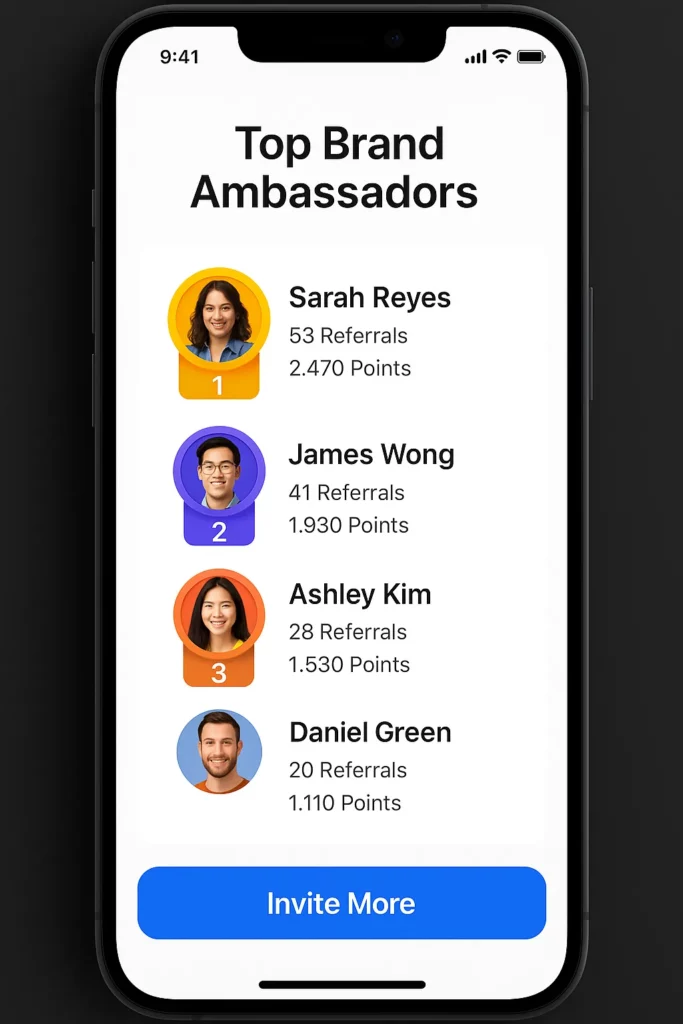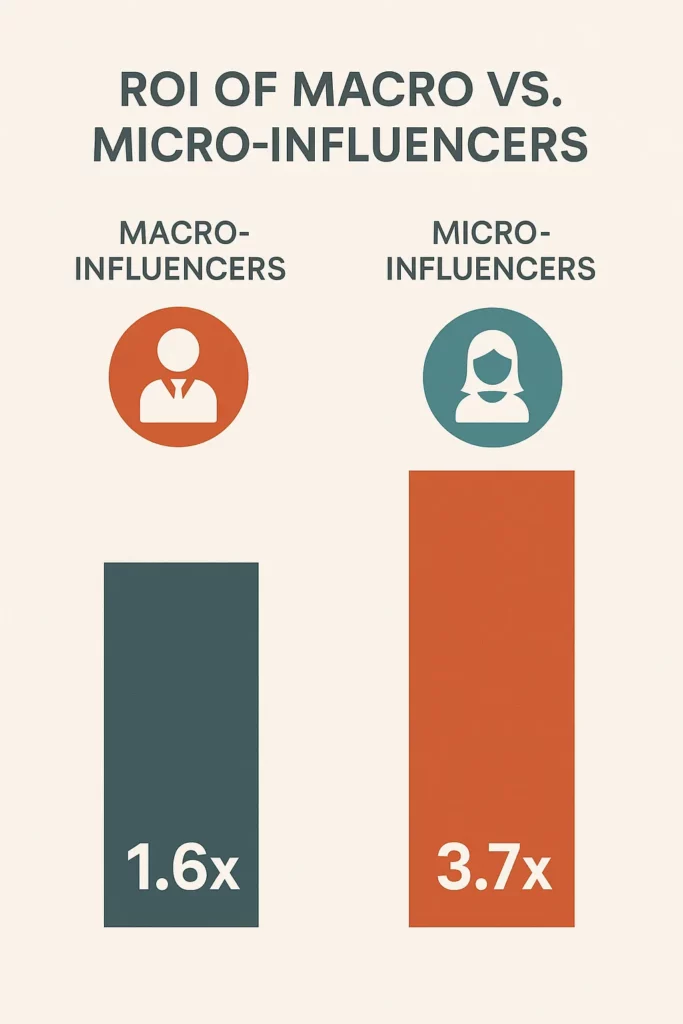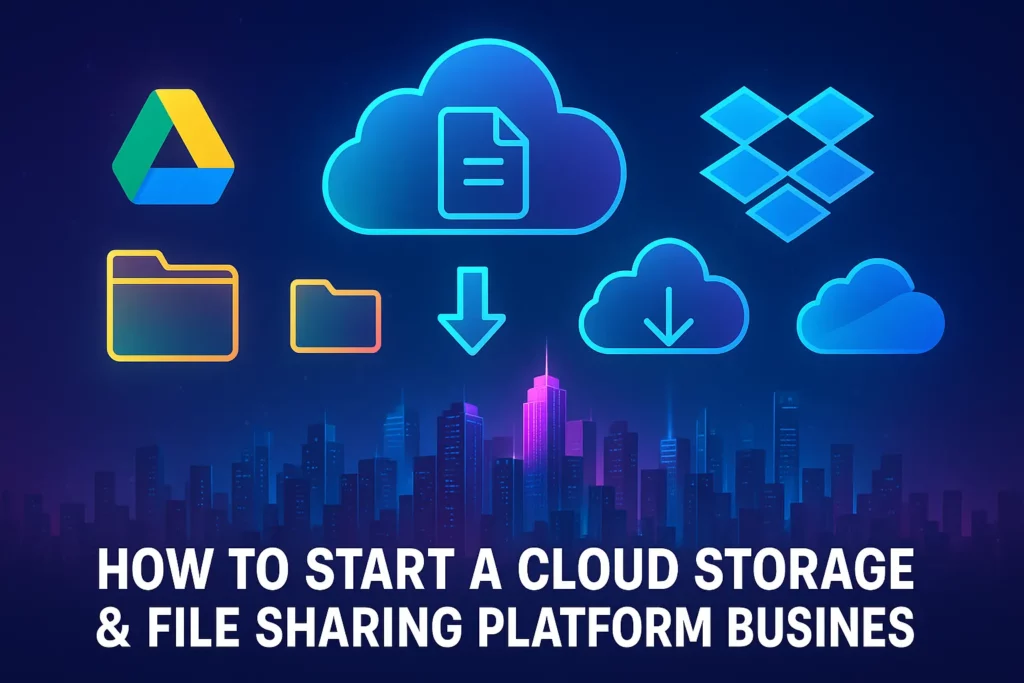You’ve spent months designing the perfect e-commerce marketplace app. The UI is sleek, the product catalog’s stacked, and your developers just popped the champagne after squashing the last bug. You hit “Launch”… and then crickets. No traffic. No downloads. Welcome to the post-launch blues — a brutal rite of passage for many startup founders.
See, building the app is just half the battle. The real game begins once it’s live — and that game is marketing. According to Statista and no, we’re not just talking Instagram ads and influencer shoutouts. We’re talking full-stack, post-launch guerrilla warfare. Getting your e-commerce marketplace into people’s hands — and their hearts — requires strategy, psychology, and stamina.
At Miracuves, we’ve seen this play out more times than we can count. Whether you’ve launched a Noon clone, a fashion-focused platform, or a niche artisan bazaar, your success hinges on how you hustle after the app hits the store. Let’s dig into the moves that actually matter.

Why Marketing Post-Launch Is a Whole Different Beast
Launch ≠ Liftoff
The app stores are graveyards of “launched and forgotten” products. According to CB Insights, 42% of startups fail because there’s no market need — or worse, poor market reach. So launching without a clear post-launch growth plan is like opening a boutique in the desert and hoping foot traffic shows up.
Marketplace Apps Have Unique Challenges
Unlike single-vendor apps, e-commerce marketplaces deal with two sides of the coin: sellers and buyers. You’re not just building demand — you’re balancing supply. Think of it like running a party: too many guests with no food? Disaster. Too much food and no guests? Just as bad.
Your Audience Isn’t Just “Everyone”
Saying your marketplace serves “anyone who shops online” is the fastest way to waste ad dollars. You need sharp audience segmentation: early adopters, niche enthusiasts, discount hunters, eco-conscious shoppers — each group reacts to different messages and channels.
Building Momentum with Pre-Installed Trust
Leverage Social Proof From Day One
Nobody wants to be the first person to try a new thing. Add user testimonials, seller spotlights, and even curated buyer reviews (with permission) right into your UI. Create FOMO and validation loops early.
Feature User-Generated Content (UGC)
Encourage early adopters to share purchases or experiences. Run giveaways tied to posting unboxings or haul videos. UGC boosts discoverability on platforms like TikTok and Instagram and is 42% more likely to convert new users than branded content.
Related Entities: Instagram Reels, TikTok “unboxing” trends, Pinterest boards
Channel-by-Channel Growth Hacks
Influencer Seeding — But Micro Is Mega
Forget the $50k macro influencer. Your ideal brand rep might be a small-town mom blogger with 15k hyper-engaged followers. Micro-influencers drive 60% more engagement and feel authentic — critical for trust-based verticals like e-commerce.
Paid Ads with Pixel Precision
Set up Meta and Google pixels before launch. Retarget cold visitors who bounced after browsing, and segment campaigns by behavior — not just demographics. For example, target cart abandoners differently from window shoppers.
SEO & ASO — Your Organic Powerhouse
App Store Optimization (ASO) is your best friend. Use high-intent keywords like “cheap electronics marketplace” or “handmade goods app.” Don’t sleep on website SEO either — publish niche blog content (“Top 10 TikTok gadgets under $50”) that links to product categories.

Explore our E-commerce Marketplace App Development solutions
Retention Is the New Acquisition
Nail the First 7 Days
Your onboarding flow should sell the app experience — not just explain it. Gamify the journey: first purchase discounts, badges for referring a friend, exclusive early bird rewards.
Push Notifications That Don’t Annoy
Personalize push content using behavioral triggers. “Still thinking about that Bluetooth speaker?” feels better than “50% off all items now!” Done well, it’s like digital telepathy — not spam.
In-App Exclusives for Power Users
Unlock secret deals, premium seller access, or beta features for engaged users. It builds habit and loyalty — think Amazon Prime, but micro-versioned for your niche.
Community-Led Growth = Organic Boom
Create a Movement, Not Just a Market
If you launched a thrift clothing app, your brand should stand for sustainability. Get people talking by aligning with values and causes. Partner with NGOs, run social challenges, spotlight users making an impact.
Launch a Brand Ambassador Program
Turn your power users into your marketing team. Give them tools (referral codes, promo kits), incentives (cash, credits), and recognition (leaderboards, exclusive badges).
Measure, Learn, Repeat
Track What Actually Matters
DAU, MAU, CAC, LTV — keep it simple but surgical. Use tools like Mixpanel, Firebase, or Amplitude. Create dashboards to obsess over conversion bottlenecks and retention loops.
Experiment Like a Mad Scientist
A/B test landing pages, onboarding flows, and even icon colors. Keep what works, scrap what doesn’t. Speed is your superpower as a startup — use it.
Conclusion
Your app launch isn’t the finish line — it’s the starting pistol. The winners? They’re the ones who market like maniacs, optimize with obsession, and build communities like cult leaders.
And the best part? You don’t have to do it alone. At Miracuves, we help innovators launch high-performance app clones that are fast, scalable, and monetization-ready. Ready to turn your idea into reality? Let’s build together.
FAQ’s
1) How soon after launch should I start marketing?
Immediately. Ideally, your marketing starts weeks before launch with teasers, waitlists, and influencer seeding. Post-launch is all about scaling that buzz.
2) Should I hire a marketing agency or build in-house?
Early on, a lean in-house team or a growth consultant is ideal. Agencies are great when you’re ready to scale paid ads or influencer networks.
3) What’s the best way to attract sellers to my marketplace?
Offer zero commission for early adopters, give them promo boosts, and highlight their stories. Make it clear they’re your partners, not just vendors.
4) Is TikTok a good channel for e-commerce app growth?
Absolutely. UGC content, viral challenges, and short-form product videos work great for discovery and social proof. TikTok also allows precise niche targeting.
5) How do I increase repeat purchases?
Use personalized push notifications, loyalty rewards, and time-sensitive offers to bring users back. Also, make checkouts lightning-fast — no one likes long forms.
6) Can I succeed without a huge marketing budget?
Yes, but it requires creativity. Focus on viral loops, referrals, micro-influencers, and partnerships. Many successful apps went viral with $0 ad spend.







